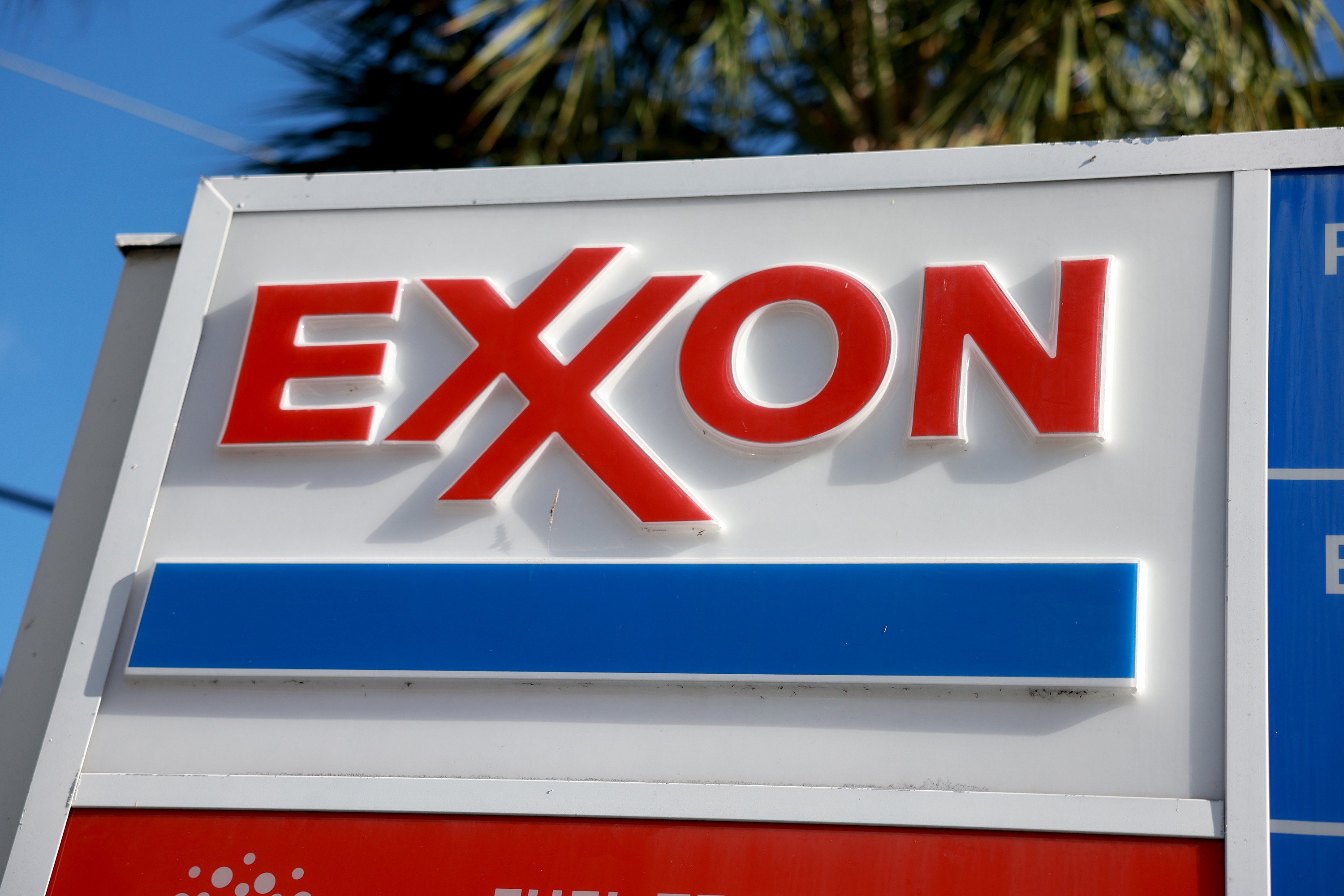Oil and gas prices are historically volatile, making investing in the industry tricky. However, global energy demands continue rising, and years of underinvestment and other geopolitical factors could keep oil and gas prices elevated for the next several years.
You could take a couple of different approaches if you're looking to add energy exposure to your portfolio. Maybe you want a reliable income through consistently growing dividend payments. Or maybe you'd like to play potential long-term upside in oil and gas prices. If so, here are two no-brainer energy stocks you can add to your portfolio today.

Image source: Getty Images.
1. ExxonMobil
ExxonMobil (XOM 0.17%) is one of the world's largest oil and gas companies. Its long track record of increasing its dividend payout makes it appealing to investors searching for steady income.
As an integrated oil and gas company, ExxonMobil operates across the entire oil and gas industry value chain. This includes exploring and extracting oil and natural gas (upstream operations), transportation and storage (midstream), and refining and distribution of oil and gas (downstream operations); ExxonMobil does it all.
By spreading its operations across the value chain, ExxonMobil's business is more resilient to the changing oil and gas prices. Its upstream operations benefit from elevated oil and gas prices and can drive significant growth when prices surge.
For example, in 2022, when oil prices rose following Russia's invasion of Ukraine, ExxonMobil's upstream profit surged from $15.7 billion to $36.5 billion. However, these profits can be incredibly volatile. Last year, when prices leveled out, ExxonMobil's upstream profit fell nearly 42% to $21.3 billion.

NYSE: XOM
Key Data Points
Here's where its midstream and downstream operations provide stability. Transporting and refining oil and gas can balance out fluctuations in the price of oil and gas. That's because its refinery business benefits from lower oil prices (due to lower input costs).
The oil market could remain "extremely tight," according to the hedge fund Citadel (as reported by the Financial Times). That's because the Organization of Petroleum Exporting Countries (OPEC+), which has cut production to boost global oil production, has "regained control" of the oil markets. The organization is cutting output by 5.86 million barrels per day, or 5.7% of global demand, and recently extended its production cuts well into 2025.
For 41 consecutive years, ExxonMobil has grown its dividend payout. The company used the surge from a couple of years ago to shore up its balance sheet and increase shareholder capital return. With energy demand rising and potentially elevated oil prices due to production cuts, ExxonMobil is a solid, stable energy company you can invest in for the long haul.
2. Occidental Petroleum
Occidental Petroleum (OXY 0.25%) primarily operates upstream, exploring and producing oil and gas, but also engages in midstream activities, which comprise the remainder of its business.
The company made a big splash in 2019 when it acquired Anadarko Petroleum in a deal valued at $55 billion. With the assistance of Berkshire Hathaway, Occidental beat out Chevron to acquire the company and boost its position in the oil-rich Permian Basin. However, the timing proved quite poor, as the global pandemic-induced shutdowns caused oil and gas prices to collapse.
The company weathered the challenges and was able to shore up its financial position following the rise in oil and gas prices. In 2022, it generated a record net income of $12.5 billion and free cash flow of $13.6 billion. It used its windfall to pay down $10 billion in debt and redeemed 15% of Berkshire's preferred stock. Both moves reduced annual expenses by $520 million.

NYSE: OXY
Key Data Points
Occidental's business isn't quite as diverse as ExxonMobil. Because it relies on upstream operations, the company is more vulnerable to falling oil and gas prices. As oil prices stabilized last year, its net income fell nearly 70% to $3.7 billion.
However, the aforementioned production cuts from OPEC+ coupled with the refilling of strategic reserves could keep oil prices elevated. In an interview with CNBC, Occidental CEO Vicki Hollub noted that the world is failing to replace crude reserves fast enough. Notably, the Strategic Petroleum Reserve (SPR) maintained by the United States Department of Energy (DOE) has fallen to its lowest level in 40 years. As the U.S. refills its reserves, it could keep a floor on oil prices.
US Crude Oil in the Strategic Petroleum Reserve Stocks data by YCharts
On a longer time horizon, Occidental is investing heavily in direct air capture technology, which allows it to capture carbon dioxide from the air to store underground or use to create clean transportation fuels.
This technology, known as carbon capture utilization and sequestration (CCUS), could grow into a huge market as companies aim to reduce their carbon footprint. Hollub said CCUS could grow into a $3 trillion to $5 trillion global market.
Occidental relies heavily on upstream operations and elevated oil and gas prices to drive strong cash flows. However, if you are bullish on oil prices and want to play the potentially colossal opportunity in CCUS as companies reduce their carbon footprints, Occidental is an excellent energy stock to scoop up today.






